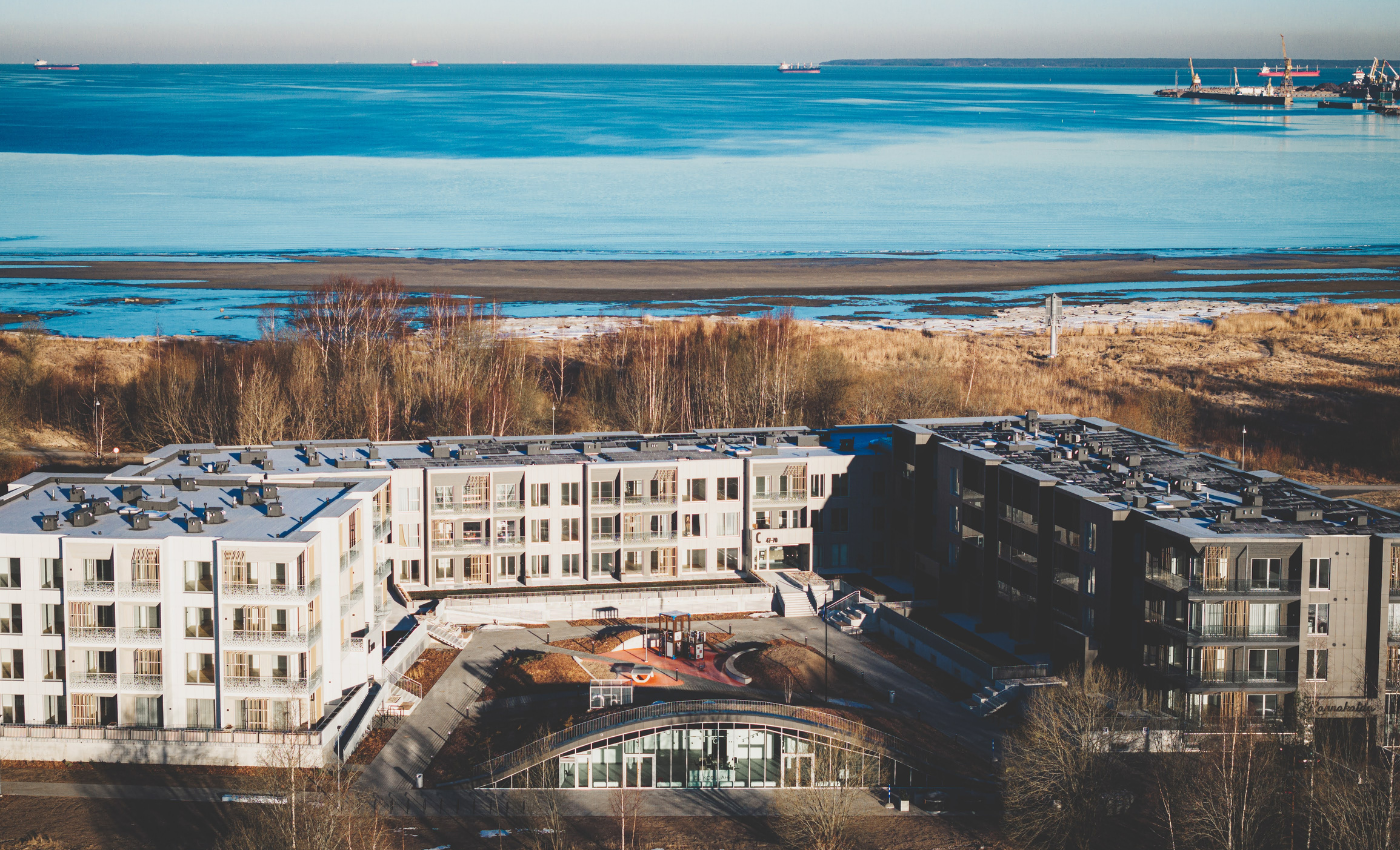
Research: building’s operational energy has greatest impact on new development’s carbon footprint
 Starting from 2025, it will be mandatory in Estonia to calculate a building’s CO2 footprint when applying for a construction permit. Real estate developer Arco Vara conducted a carbon footprint study on a new A-energy class development, which revealed that the building’s operational energy has the greatest impact on its climate footprint.
Starting from 2025, it will be mandatory in Estonia to calculate a building’s CO2 footprint when applying for a construction permit. Real estate developer Arco Vara conducted a carbon footprint study on a new A-energy class development, which revealed that the building’s operational energy has the greatest impact on its climate footprint.
The carbon footprint study, based on data from the Rannakalda new development in the Kodulahe district near Stroomi Beach, showed that the largest climate impact comes from the building’s operational energy (57%), followed by the production of construction materials (33%).
According to Arco Vara’s CEO, Miko Niinemäe, analysing the climate impact of new buildings helps developers better understand and reduce the environmental impact of their constructions. “We conducted this analysis to consider potential impacts throughout the entire lifecycle of the building in the design phases of future developments,” Niinemäe explained, adding that conducting a climate impact study gives the developer the opportunity to compare their product with others on the market.
“Analysing the climate impact of a building is an important factor for us, which we intend to monitor in the next phases of Kodulahe as well as in the planning of the Arcojärve development by Lake Harku,” noted the head of Arco Vara.
Since the European Commission mandated A-energy class requirements for buildings constructed from 2020 onwards to combat climate change, Arco Vara has, for example, added solar panels to their latest developments, used more efficient insulation materials, joined the green district heating network, and installed high-quality windows.
No environmental impact difference between A and B energy class buildings
According to the CEO of Arco Vara, the study results highlight shortcomings in the regulations aimed at making the construction and real estate sectors more environmentally friendly.
The lifecycle carbon footprint of the Rannakalda A-energy class building, completed last year, is 31.4 units per square meter. The company conducting the study also examined a B-energy class building in Tallinn, completed in 2016, which had a lifecycle footprint of 28.2 units per square meter. “This comparison allows us to conclude that currently, there is no environmental impact difference between A and B energy class buildings. However, achieving A-energy class requires significant additional investments from developers, which rather limits the sector’s growth,” said Niinemäe.
To assess the climate impact of the Rannakalda development, the Estonian construction carbon footprint calculation methodology was used, developed by TalTech researchers in collaboration with Finnish company One Click LCA experts, commissioned by the Ministry of Economic Affairs and Communications. The methodology also includes a database of Estonian construction materials, which was supplemented according to the materials used by Arco Vara. The real estate developer collaborated with Sustinere, a partner in designing sustainable and responsible business practices, for carbon footprint measurement.


